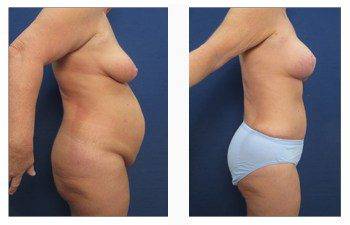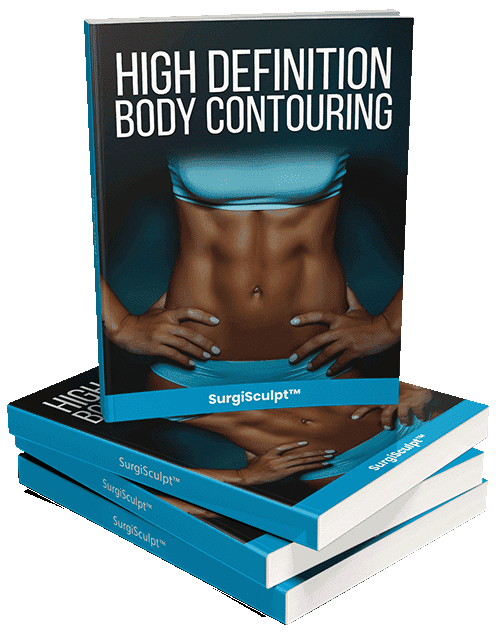

This is a 48-year-old female who was consulted on the different types of breast lifts and is ecstatic with her results after 3 months.
Over time with aging, women’s breasts change and lose their contour and shape. A breast lift, or mastopexy, is a surgical procedure performed by a plastic surgeon to raise sagging breasts. A surgeon can change the size and contour of the breasts, decrease areola size and types of breast lifts, and elevate breast mounds to give a more youthful appearance.
A breast lift is performed by removing excess skin, bringing the breast tissue onto the chest wall, and tightening the skin around the breast tissue. Breast lifts do not change the size of the breasts but can be performed with an implant augmentation or breast reduction.
Breast lifts, on average, can take between 1-3 hours, depending on the extent of the lift, and shows immediate results. There are three major techniques when performing breast lifts.
What are the different types of breast lifts?
Depending on the patient’s breast tissue, skin redundancy, the position of the areolas, and the patient’s desired outcome will depend on what type of lift will be appropriate. The first type of breast lift is the peri-areolar, “donut,” or “Benelli” lift, performed for minimal breast sagging or reducing larger areolar size. The incision site involves a circumferential incision around the areola, only allowing negligible tissue removal.

This type of lift is ideal for limited scarring. However, it only provides a suboptimal lift. A surgeon can only lift 1-2 centimeters with a peri-areolar lift. Unfortunately, the tension entirely on the areola creates poor peri-areolar scarring creating sunburst scars.
Traditional Breast Lift
The traditional breast lift or the inverted “T” Weiss pattern is used for severely sagging breasts, with a greater than 5.0-centimeter lift needed to bring the nipple centered on the breast mound. It has three major incision sites, one around the areola, one vertically down the breast to the inframammary crease, and the third along the inframammary fold.
The traditional breast lift allows the surgeon to remove a significant amount of excess skin, creating a central inferior pedicle to bring the breast tissue up for a more dramatic and youthful appearance. This type of breast lift cannot accommodate an implant immediately. When an implant is placed, the implant sits at the inframammary crease, the central interior region of the mound. To keep the nipple viable, the pedicle must be reserved without the implant imposing on the blood supply.
A two-step process can be performed if a significant lift is needed and a breast implant is required. After the initial breast lift, the patient heals for at least three months, and then a second operation can be performed to place the breast implant.
This gives the tissue enough time to heal and provides adequate blood flow to the nipple before placing an implant on the inferior pedicle. One advantage of a traditional breast lift is that it allows for a lift of any degree. A disadvantage is a breast implant, if needed, must be placed three months after the breast lift, creating a two-step surgery.
Vertical Breast Lift
A vertical breast lift can be performed if a moderate lift is needed, less than 5.0 centimeters. Like traditional breast lifts, excess skin is removed, and the breast tissue is brought up, creating a central superior pedicle.
The nipple lays on the superior pedicle, which comes from the top and stays out of the line of an implant. An incision is made around the areola and down the breast vertically to the inframammary crease, occasionally requiring an incision along the inframammary fold. So the question becomes, does the patient require a breast augmentation with an implant or not? This will help the surgeon and patient identify which breast lift style suits them.
To determine which breast lift suits you, schedule a complimentary consultation with a board-certified SurgiSculpt surgeon.

